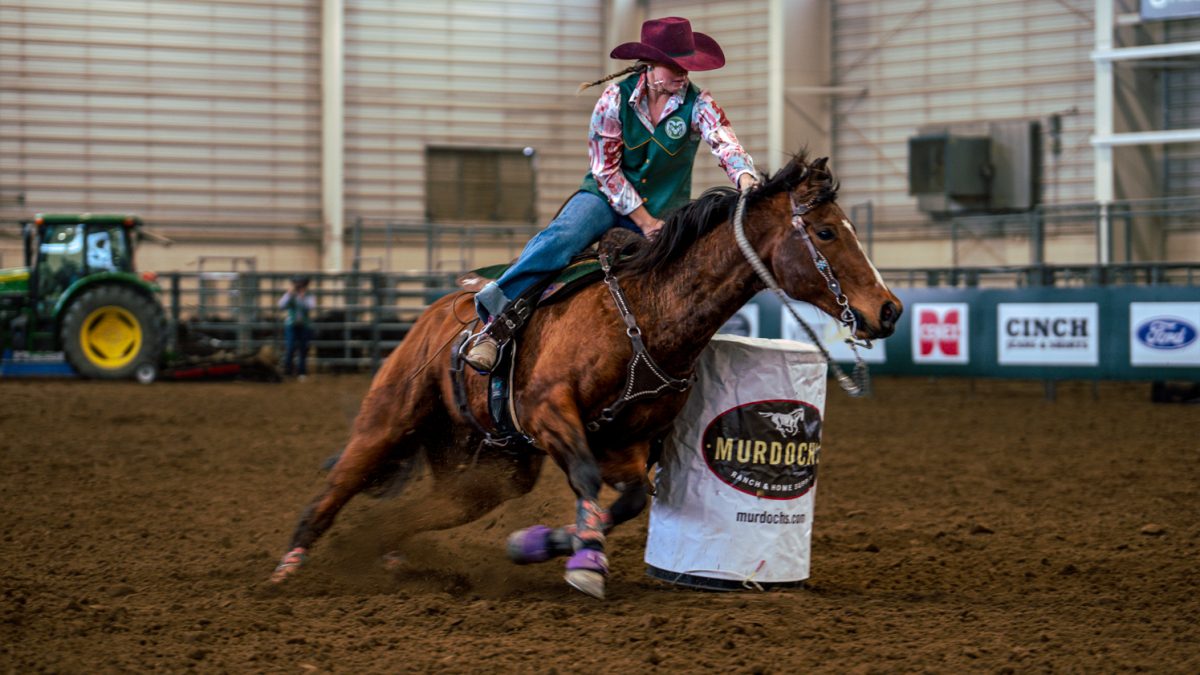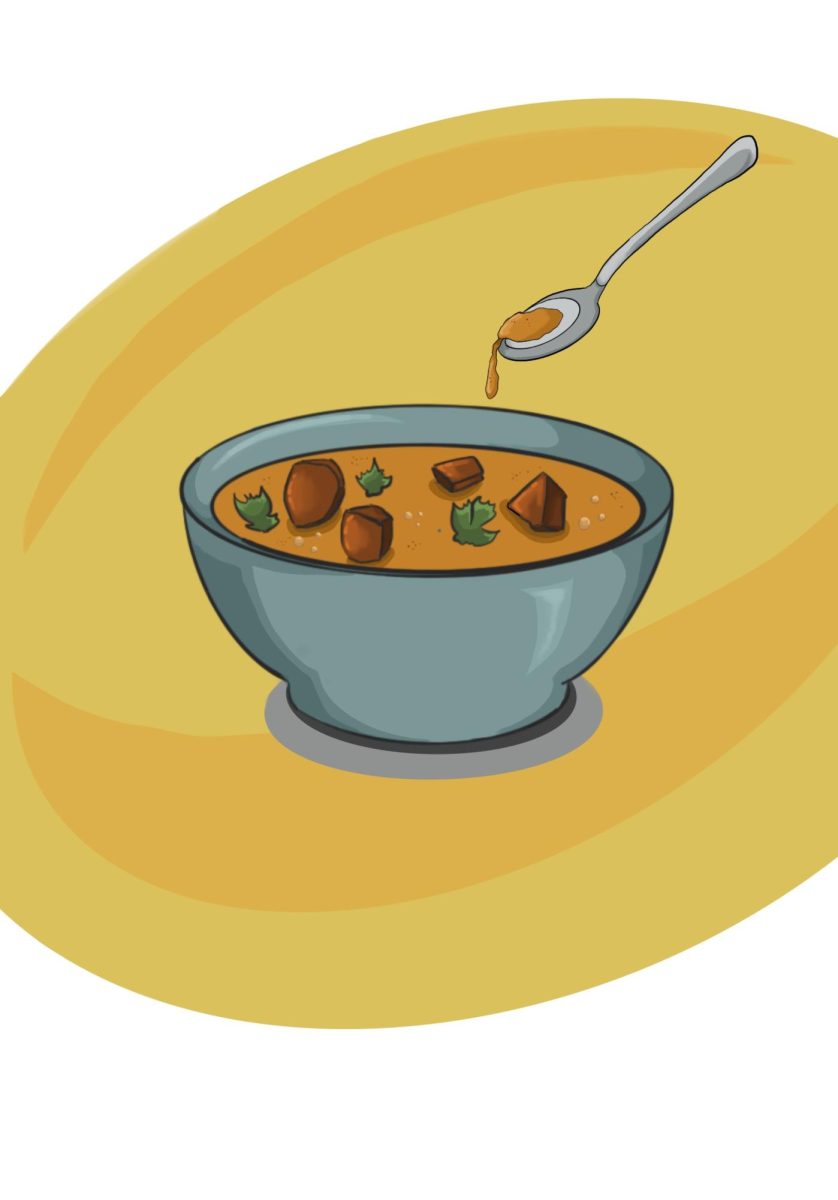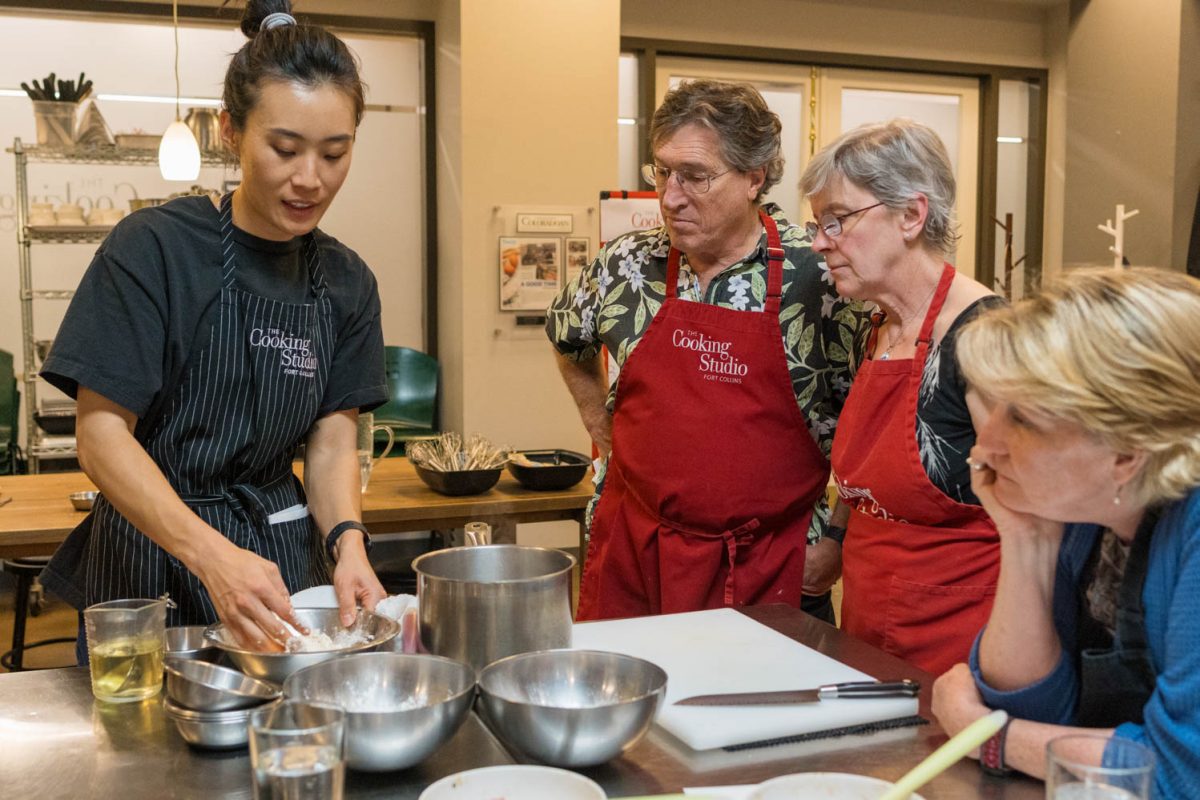Fort Collins is of course known for the many breweries, but what about spirits?

The process of fermentation and alcohol production is essentially the same across the board, but with a few minor tweaks when it comes to making harder alcohol like whiskey, vodka or rum. CopperMuse Distillery’s head distiller, Jason Hevelone, says he hopes the distilling culture will explode just like the beer culture has here in Colorado.
“There are a lot of people employed in the brewing culture that were not 25 years ago,” said the former electrical engineer. “I know the legislators here in Colorado see the value in the distillers coming along with products that are made locally, just like the breweries and wineries.”
The distilling process begins like producing beer, with fermentation. After being cooled in a holding tank, the ingredients are transferred into a fermenter where yeast is introduced and begins the process of creating ethanol.
After fermentation comes the magic of the still.
The still pulls alcohol and flavor components and concentrates them into a spirit. The still will bring the fermented beverage to rolling boil, creating more alcohol vapor than water. Hot vapors travel up the column, meets cool water and condenses into a liquid and returns into the still pot.
Further separation of alcohol and water happens until your final product is streamed into a collection vessel. An alcohol hydrometer measures alcohol level by measuring the density level of water and alcohol, creating a graduated scale.
This whole phase takes about eight to nine hours. With fermenting, some “undesirables” are also created such as methanol, acetone and other ketone components. Since they have low boiling points, these “heads” trickle out of the still first and are captured and segregated.
The “hearts” of the still running process, which is the sweet ethanol that we like, is mostly what is pulled from the still and kept for drinking.
The last phase is the “tails.” This is a mixture of water, ethanol and fusel alcohol, which are larger alcohol molecules that add an off-putting flavor and smell to your spirit. These are recycled. It is important to pay attention to the cuts so that all you are left with are the “hearts” of the stilling process.

After this process comes filtration, which pulls microns from the alcohol to make the flavor and quality purer. After filtering, the distiller must cut the spirit with water to make it a reasonable bottle strength for customers. Hevelone says Fort Collins water adds to the quality of filtration. Bottling is done by hand and can be done by anyone from the community.
The process is a little different for spirits you want to age such as whiskey or gold rum. The spirit will be poured into a wooden barrel to age. The rum is aged one to one and a half years, and whiskey is a minimum of two years.
Using a new barrel, distillers will lose some of the alcohol to evaporation or the wood soaking it up, known as the “devils cut.” CopperMuse buys their barrels from bourbon makers, which has flavors already in the wood that influence the taste of their gold rum.
The U.S. has strict laws around bourbon making in that if you wish to make it, you must only use a brand new American oak barrel, and only use it once. After a purchase of a barrel, the distiller specifies the toast and char of the wood.
Spirits straight from the still are clear, even whiskey, and colors come along with aging or infusion.
CopperMuse offers a unique product line of 100 percent natural, infused vodkas, with some unexpected flavors. Most of the fresh ingredients are cultivated locally; honey from Bee Squared Apiaries in Berthoud, CO, cucumbers and jalapeños from the Pueblo region and lavender from Old Town Spice Shop. Infusion times vary from each ingredient. Lavender only takes about a day while cucumber can take a couple weeks.
These infused vodkas give bartenders much more freedom and creativity in creating cocktails for guests of the distillery’s tasting room.
“Since we make the spirits, we don’t try and upsell you on anything, we just want to make you fall in love with the spirit,” said “queen of liquid arts” and CopperMuse head bartender Lauren Mihalko. “These are all our babies, so if you don’t like what you’re drinking, tell us and we will find something you love.”
“Since we make the spirits, we don’t try and upsell you on anything, we just want to make you fall in love with the spirit,” said “queen of liquid arts” and CopperMuse head bartender Lauren Mihalko. “These are all our babies, so if you don’t like what you’re drinking, tell us and we will find something you love.”

CopperMuse is currently working on releasing a line of gin, with the help of their intern, CSU fermentation science student Til Tullis.
“Spirit distillation is a new area for me, so I really came into it with an open mind,” said Tullis, who comes from a home brewing background. “It takes most of the processes used in beer production and adds a whole new level to it, which allows for a wide variety of flavor possibilities that I’ve never been exposed to.”
Because the distillery is small, Tullis calls himself a jack of all trades because only three people are responsible for the distilling process. There are many processes going on at one time like sensory analysis, filtering the next batch of spirit, to general maintenance.
“The thing that I’m most proud of from my internship was the opportunity that Jason gave me to develop a gin recipe for CopperMuse,” Tullis said. “He gave me full reins to do my own research, develop the recipe, and then run through several experimental distillations to come up with just the right product to fit into our lineup. There still a lot of work to be done, but we’re planning on having the gin released sometime this spring.”
More information about tours, products and cocktails is available at www.coppermuse.com
Collegian reporter Sarah Ehrlich can be reached at entertainment@collegian.com and on Twitter @sarahehrlich96.










